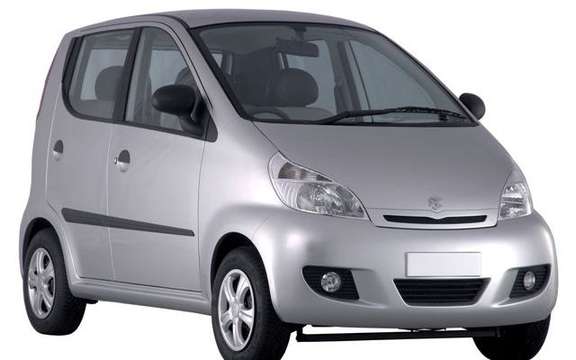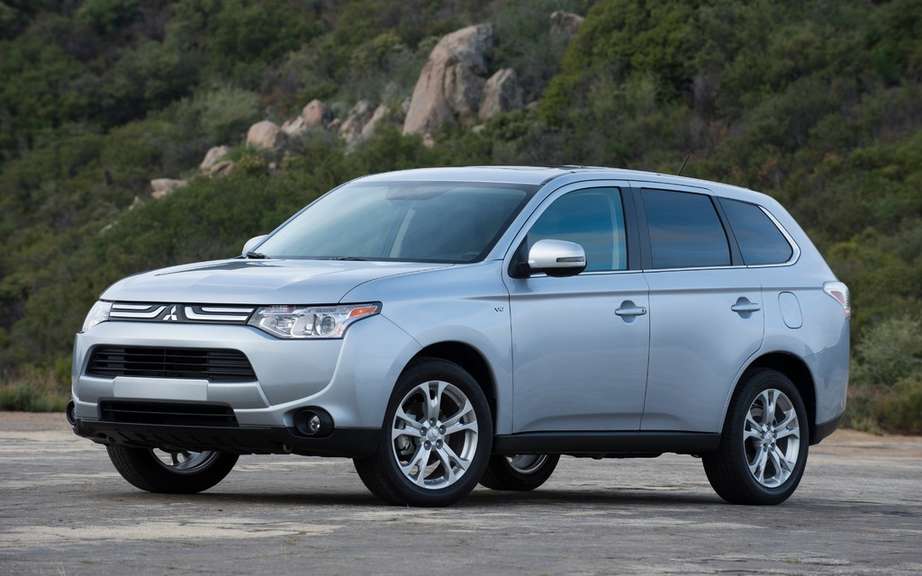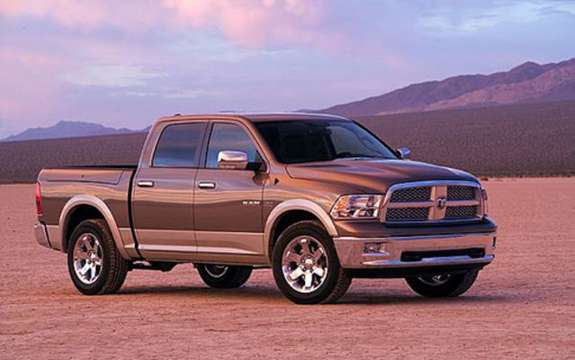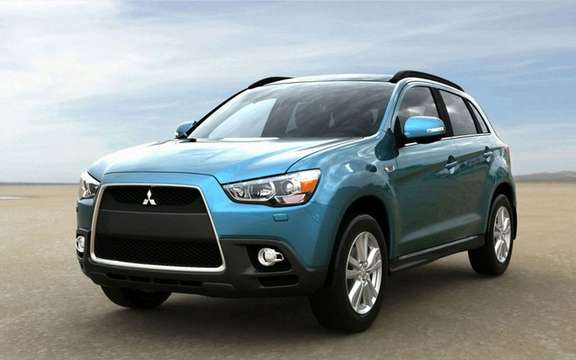The Renault-Nissan Alliance is investing $ 160 million in South Korea and accelerated its global growth strategy
The Alliance will invest 160 million U.S. dollars in South Korea to produce 80,000 Nissan Rogue factory Busan, thus contributing to its productivity and competitiveness. Renault Samsung Motors will benefit from growth in industrial activity, thereby supporting its recovery plan. The site Busan produce new derivatives vehicles for South Korea and export markets.
The Renault-Nissan Alliance will invest 160 million U.S. dollars in South Korea to meet the demand for the new Nissan Rogue generation and accelerate the growth of Renault Samsung Motors.
Production of Nissan Rogue crossover Busan, South Korea, will commence in 2014, with an annual capacity of 80,000 units. This year, the site's purpose is to produce about 180,000 vehicles intended for the South Korean market and 60 other countries.
The production of a new generation Rogue Busan gives a new impetus to Renault Samsung Motors, which launched earlier this year in the "Recovery Plan RSM 2012." This plan aims to improve the competitiveness of the industrial tool Busan and broaden the range of vehicles RSM, which currently has four models.
"The increased production in South Korea testifies to the commitment of the Alliance helping Renault Samsung Motors achieve its competitiveness and growth," stated Carlos Ghosn, CEO of Renault Alliance -Nissan. "This announcement is triple-win for Renault, Nissan and RSM. It demonstrates the flexibility and the profits that the Alliance brings to all partners. I count on the contribution of all salaries RSM has to carry out this project and make a great success. "
The South Korea: a territory-key for the global expansion of Renault
Founded in 1999, the Renault-Nissan Alliance has record sales of 8.03 million vehicles in 2011 in nearly 200 countries under the brands Renault, Nissan, Infiniti, Dacia and Renault Samsung Motors.
Major asset for the French automaker Renault, RSM allows it to strengthen its industrial expansion and increase its sales volume beyond the borders of Western Europe, especially on the stairs strong Asia-Pacific growth.
According to forecasts, Renault, which develops its activities beyond its main historical steps should sell more than 50% of its vehicles outside of Western Europe in 2013, against 43% in 2011 and 37% in 2010.
Renault's objective is to achieve a market share of 10% in South Korea. It is a 7% in 2011.
As part of its recovery plan, RSM will present two novelties in 2013: a small crossover and electric SM3 ZE. The current range includes compact RSM SM3, SM5 family sedan, the SM7 large sedan (adapted for the Chinese market and sold under the name Renault Talisman) and the QM5 SUV sold as the Renault Koleos outside of the South Korea.
Busan: the story of the return of Nissan in South Korea
Production Snape Busan stands for a return to the great country for Nissan, which had participated in the creation of Samsung Motors Inc. in 1994 in collaboration with the Korean Samsung group. Nissan and Samsung had laid the foundations of the Busan plant in 1995.
In 2000, Renault acquired 70.1% of Samsung Motors and Renault Samsung Motors created, becoming the first European car manufacturer to set up in South Korea. Since Renault increases its stake and now owns 80.1% of RSM.
RSM has Busan has a total production capacity of 300,000 vehicles per year.
For the 10th consecutive year, RSM is ranked Number 1 for the quality of its products and services in terms of customer satisfaction.
RSM has a sales network of 199 outlets in Korea, as well as a R & D and engineering center located at Giheung. Thanks to these different locations, RSM participates in development of the higher segment vehicles and SUV Group.
Source: Renault-Nissan







